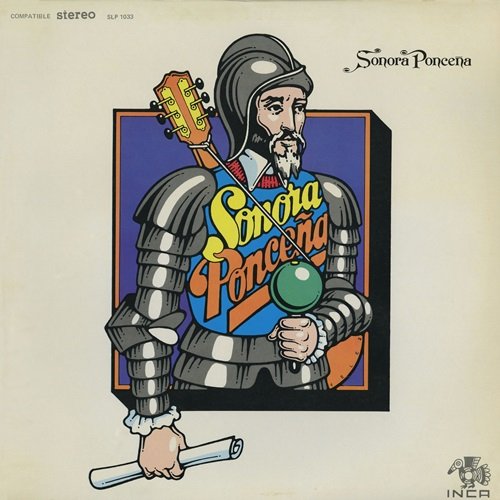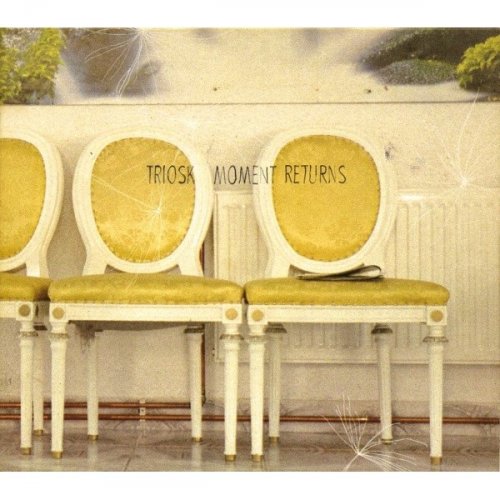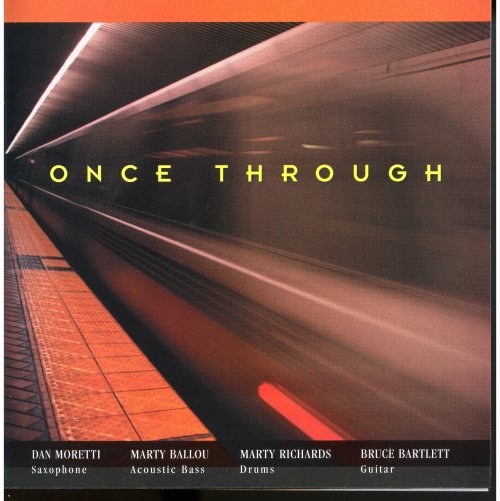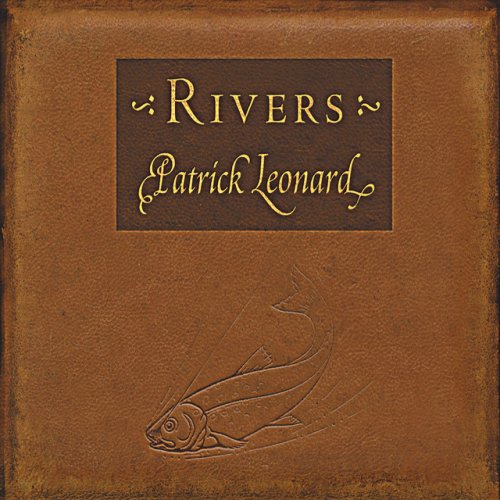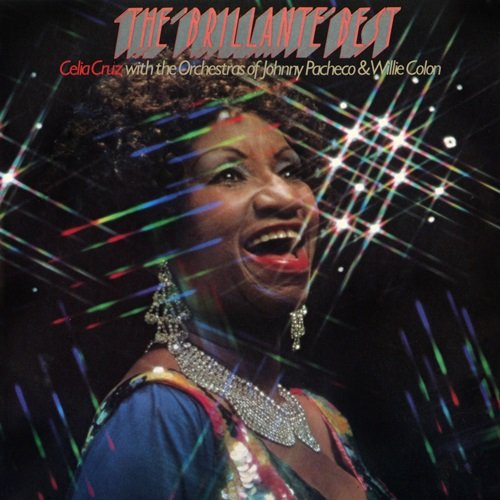Jean-Guihen Queyras & Alexander Melnikov - Beethoven: Complete Works for Violoncello & Piano (2014) [Hi-Res]

Artist: Jean-Guihen Queyras, Alexander Melnikov
Title: Beethoven: Complete Works for Violoncello & Piano
Year Of Release: 2014
Label: Harmonia Mundi
Genre: Classical
Quality: FLAC (tracks, booklet) [96kHz/24bit]
Total Time: 02:18:41
Total Size: 2.23 GB
WebSite: Album Preview
Tracklist:Title: Beethoven: Complete Works for Violoncello & Piano
Year Of Release: 2014
Label: Harmonia Mundi
Genre: Classical
Quality: FLAC (tracks, booklet) [96kHz/24bit]
Total Time: 02:18:41
Total Size: 2.23 GB
WebSite: Album Preview
Ludwig van Beethoven (1770-1827)
CD 1
1. Variations op.66 on Mozart's ‘Ein Madchen oder Weibchen’ (Die Zauberflote) in F major 9:54
Sonata no.1 op.5 no.1 in F major
2. I. Adagio sostenuto - Allegro 15:45
3. II. Rondo. Allegro vivace 6:43
Sonata no.2 op.5 no.2 in G minor
4. I. Adagio sostenuto ed espressivo - Allegro molto piu tosto presto 18:16
5. II. Rondo. Allegro 8:13
6. Variations WoO 45 on Handel's ‘See, the Conqu'ring Hero comes’ (Judas Maccabeus) in G major 12:09
CD 2
Sonata no.3 op.69 in A major
1. I. Allegro ma non tanto 12:13
2. II. Scherzo. Allegro molto 5:08
3. III. Adagio cantabile - Allegro vivace 8:09
4. Variations WoO 46 on Mozart's ‘Bei Mannern welche Liebe fuhlen’ (Die Zauberflote) in E flat major 8:58
Sonata no.4 op.102 no.1 in C major
5. I. Andante - Allegro vivace 7:27
6. I. Adagio - Tempo d'andante - Allegro vivace 7:09
Sonata no.5 op.102 no.2 in D major
7. I. Allegro con brio 6:23
8. II. Adagio con molto sentimento d'affetto - Attacca 7:31
9. III. Allegro - Allegro fugato 4:37
There are curiously few complete cycles of Beethoven's five sonatas for cello and piano, given that the five, unlike the violin sonatas, were almost equally distributed among the composer's early, middle, and late periods, and that each one was in its way a formally daring work. The last two sonatas in particular, with their mysteriously lyrical third relations and compact finales, fugal in the case of the Cello Sonata No. 5 in D major, Op. 102/2, might be regarded as having inaugurated Beethoven's late period. Cellist Jean-Guihen Queyras and pianist Alexander Melnikov (here playing a modern piano unlike on the trio recording the pair made with violinist Isabelle Faust) have an efficient, quick, tough style that beautifully fits these late sonatas. They do well in the two sonatas of Op. 5, not trying to impose an artificial shape on what must have been at the time shockingly long opening movements. The Cello Sonata No. 3 in A major, Op. 69, might want a bit more broad middle-period sweep and lyricism, but you get several bonuses here: a trio of variations for cello and piano from the years around 1800 that are almost never played, and uncannily direct sound from Harmonia Mundi, working in Berlin's Teldex Studios. A worthy Beethoven cello set in every way. -- James Manheim
